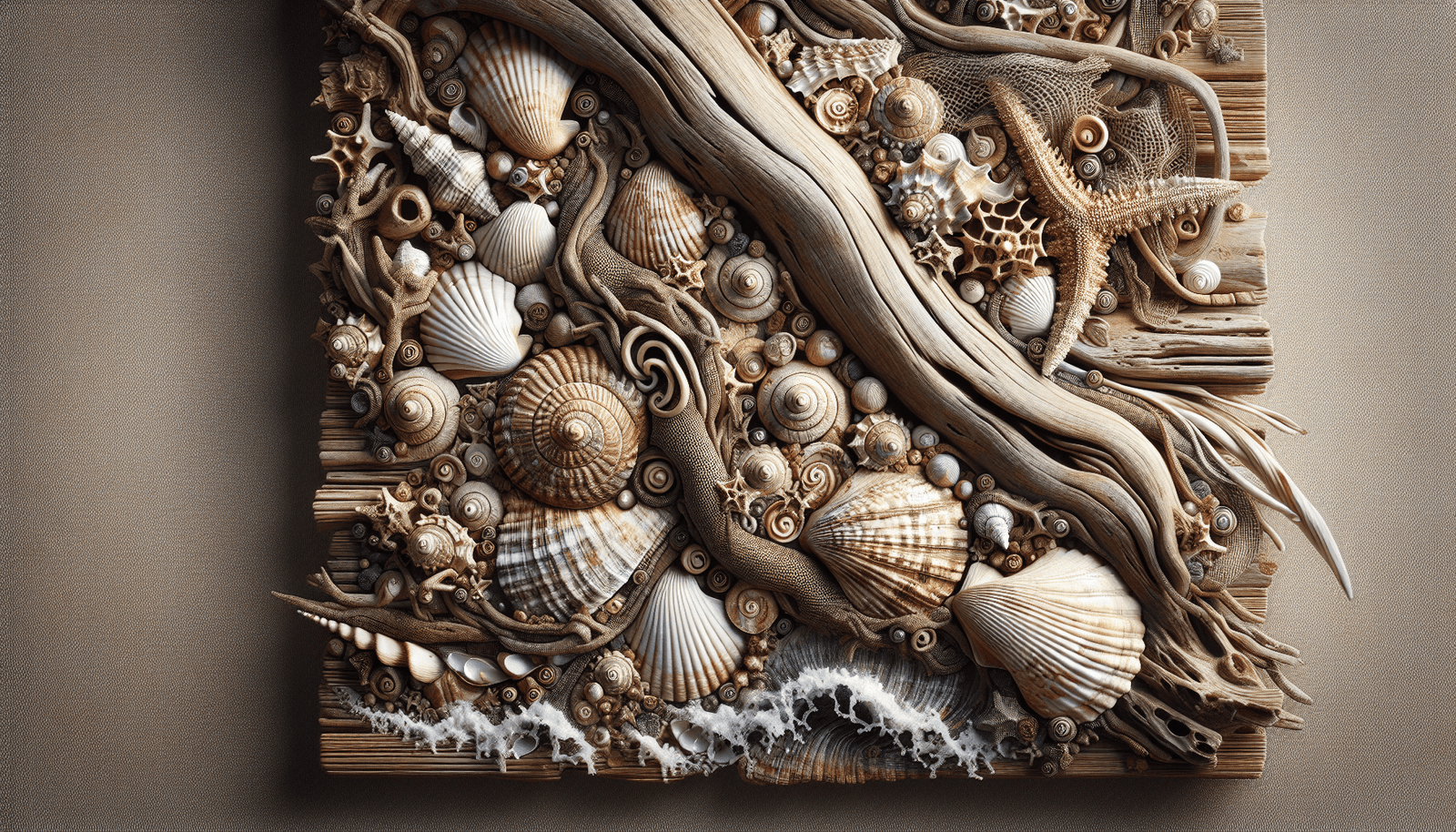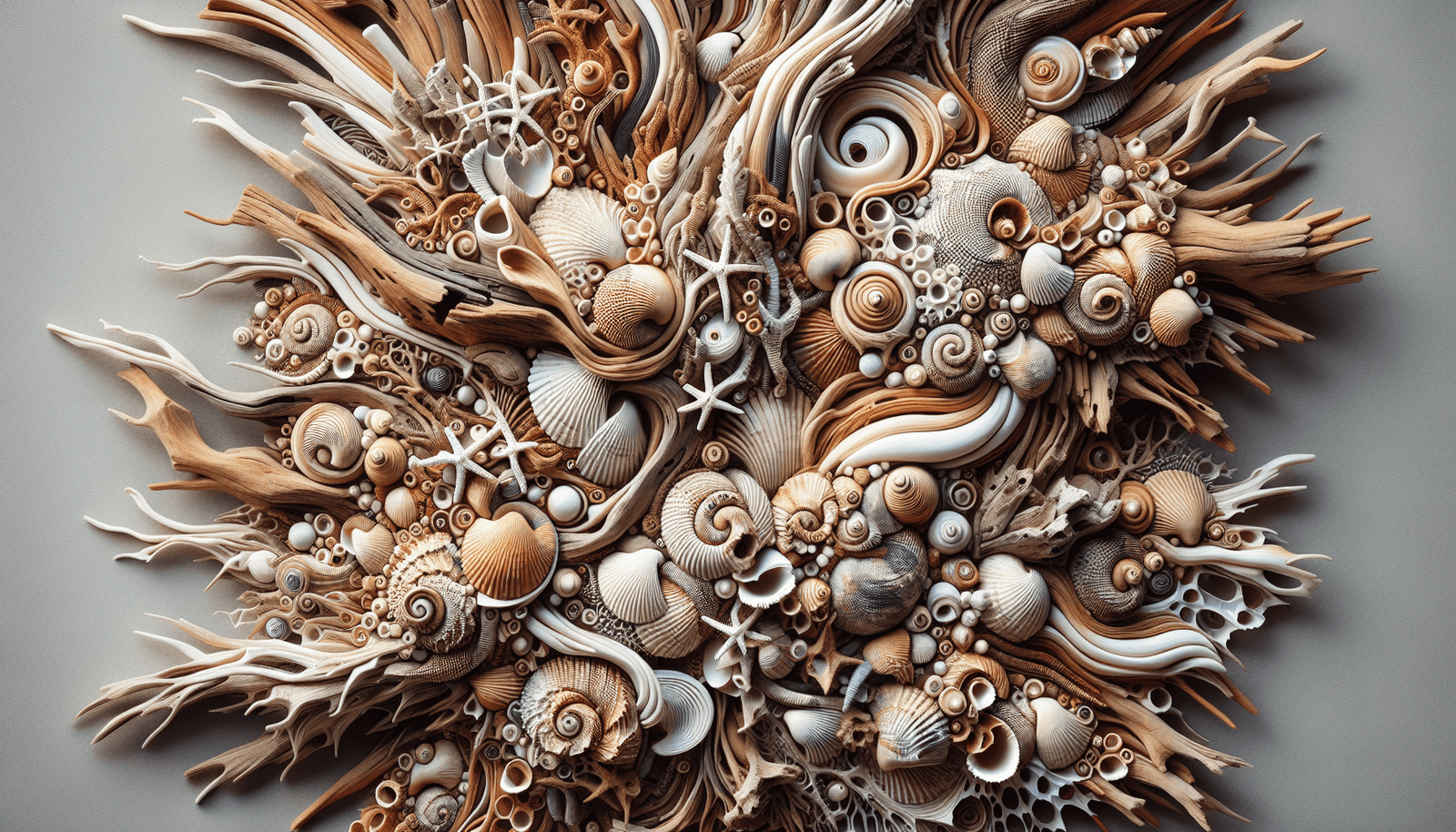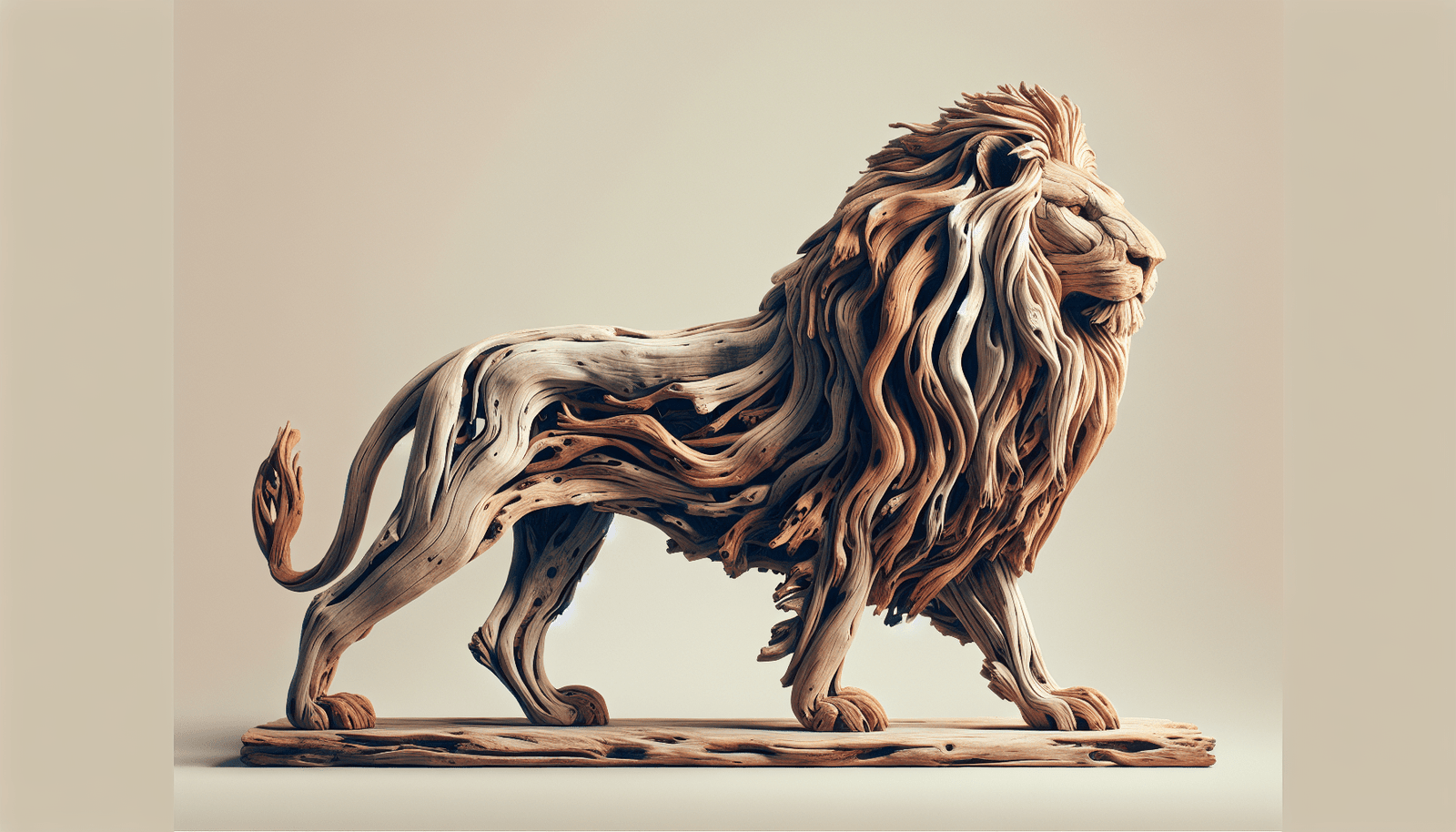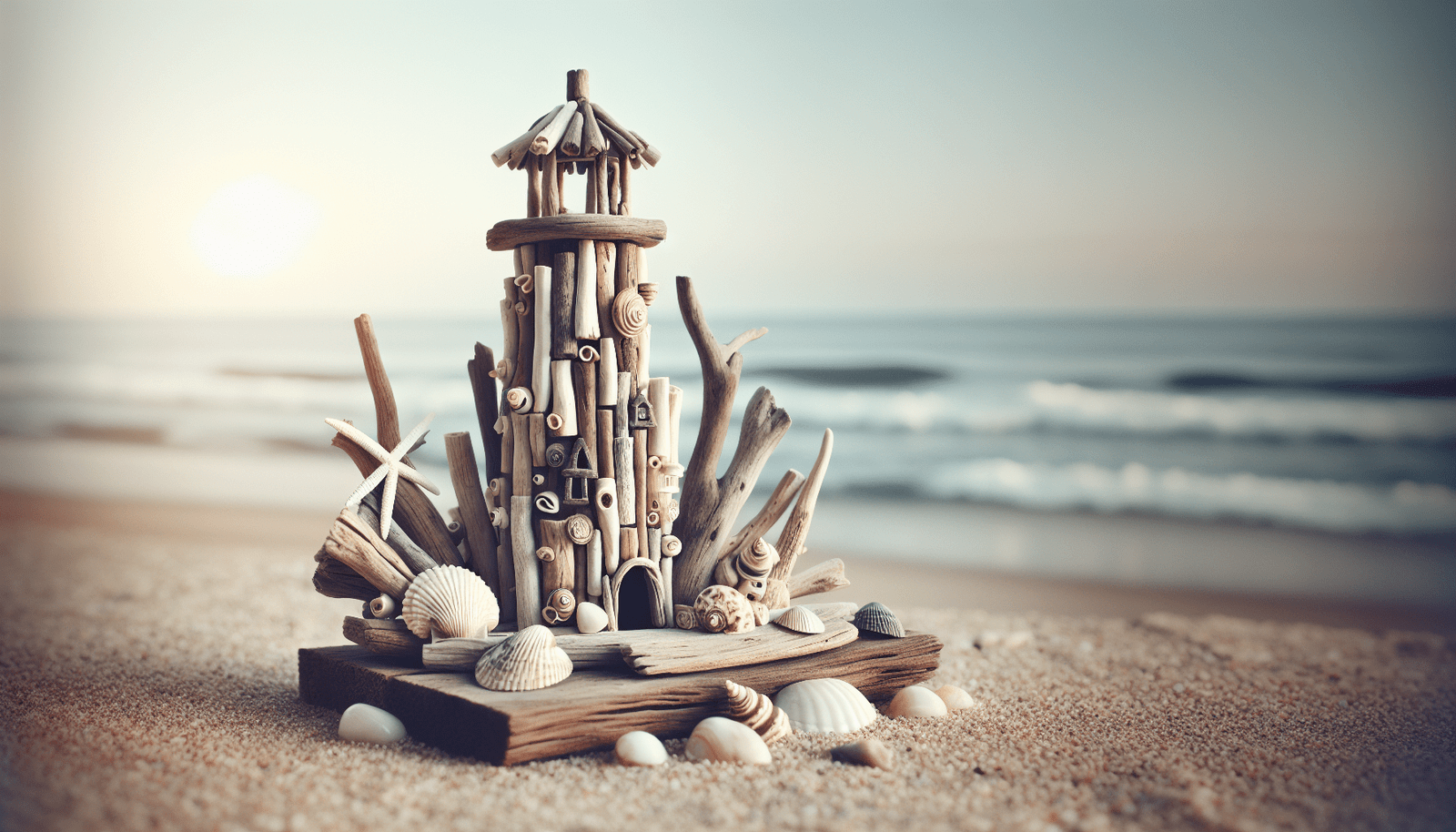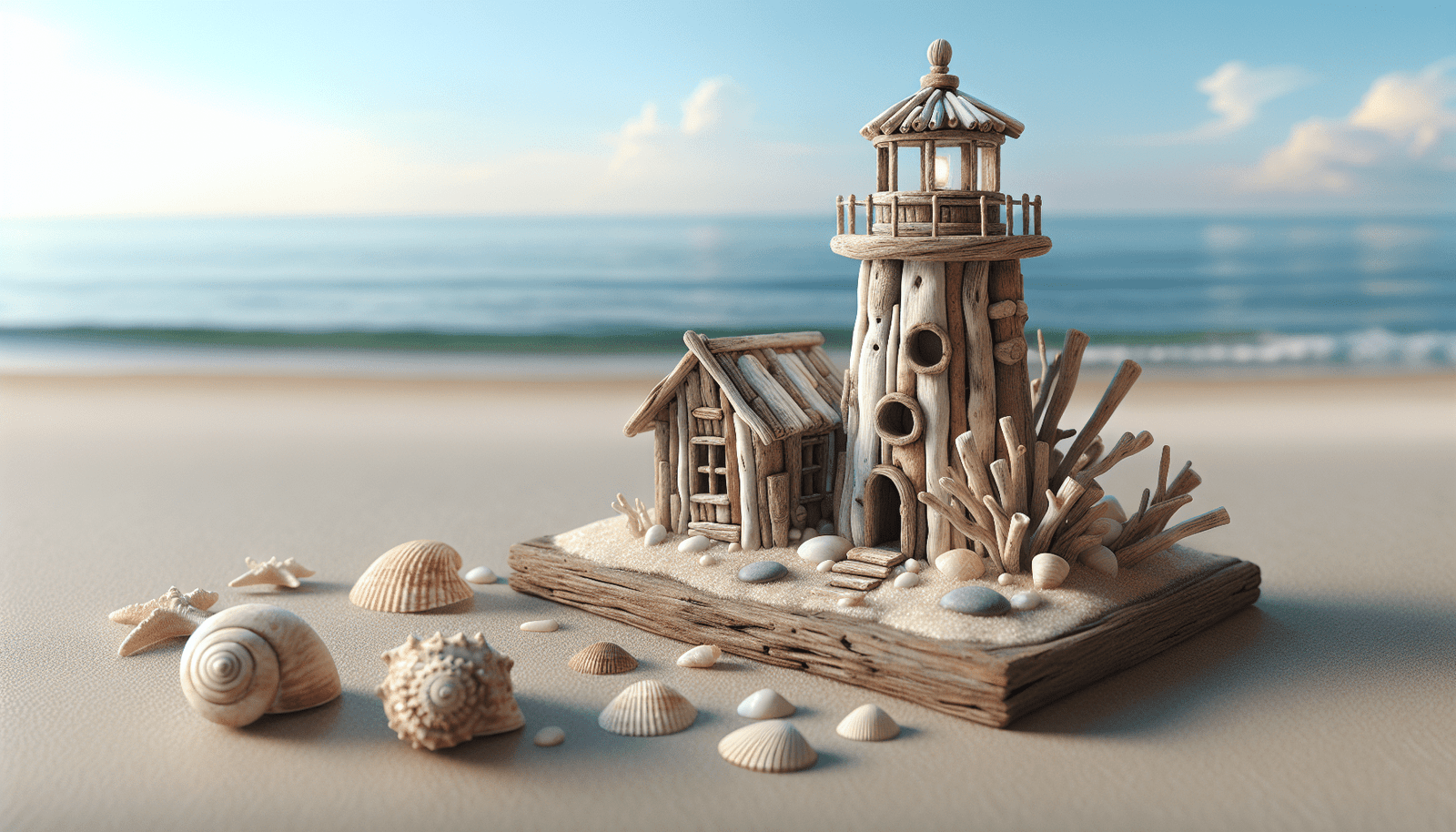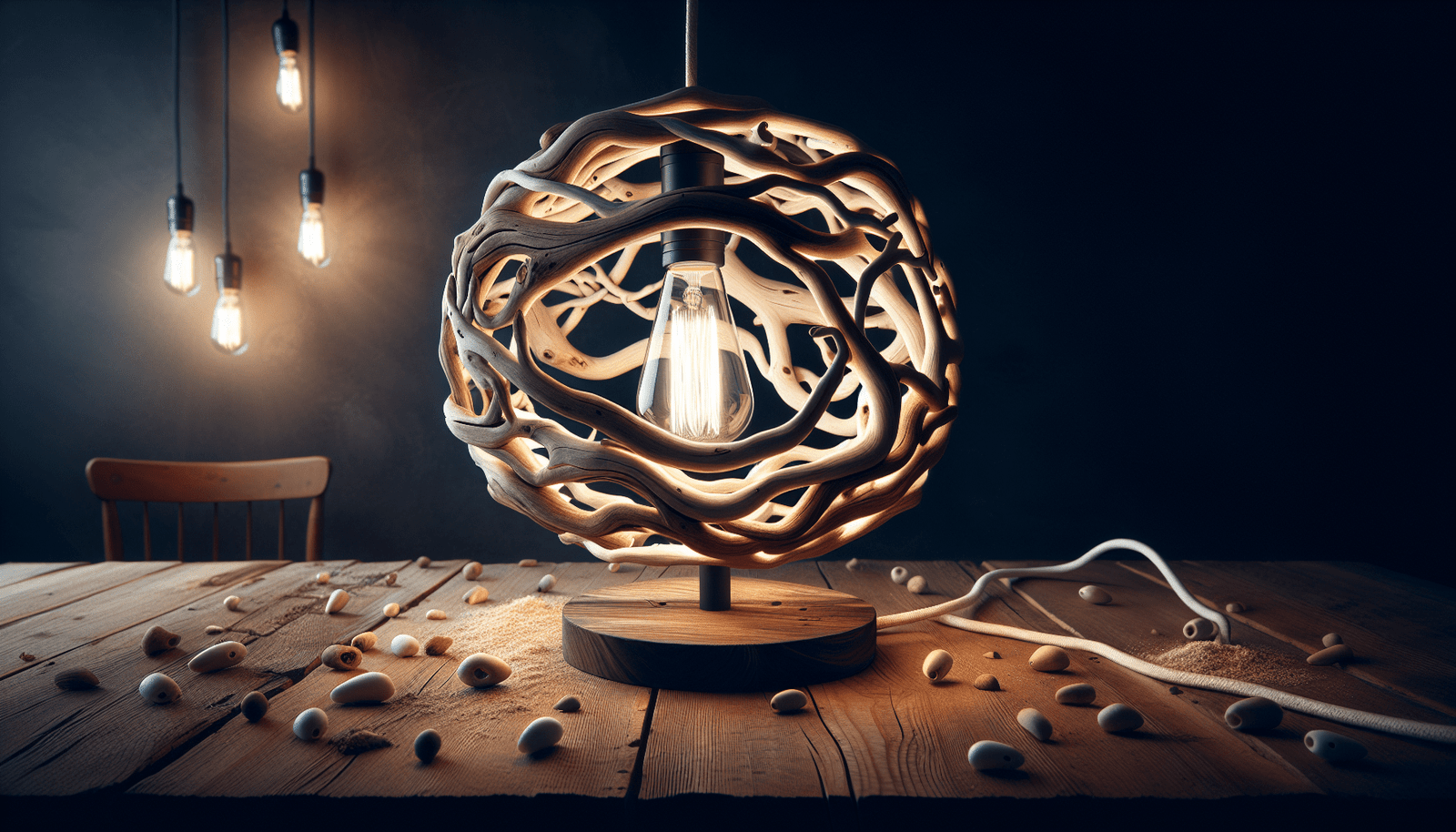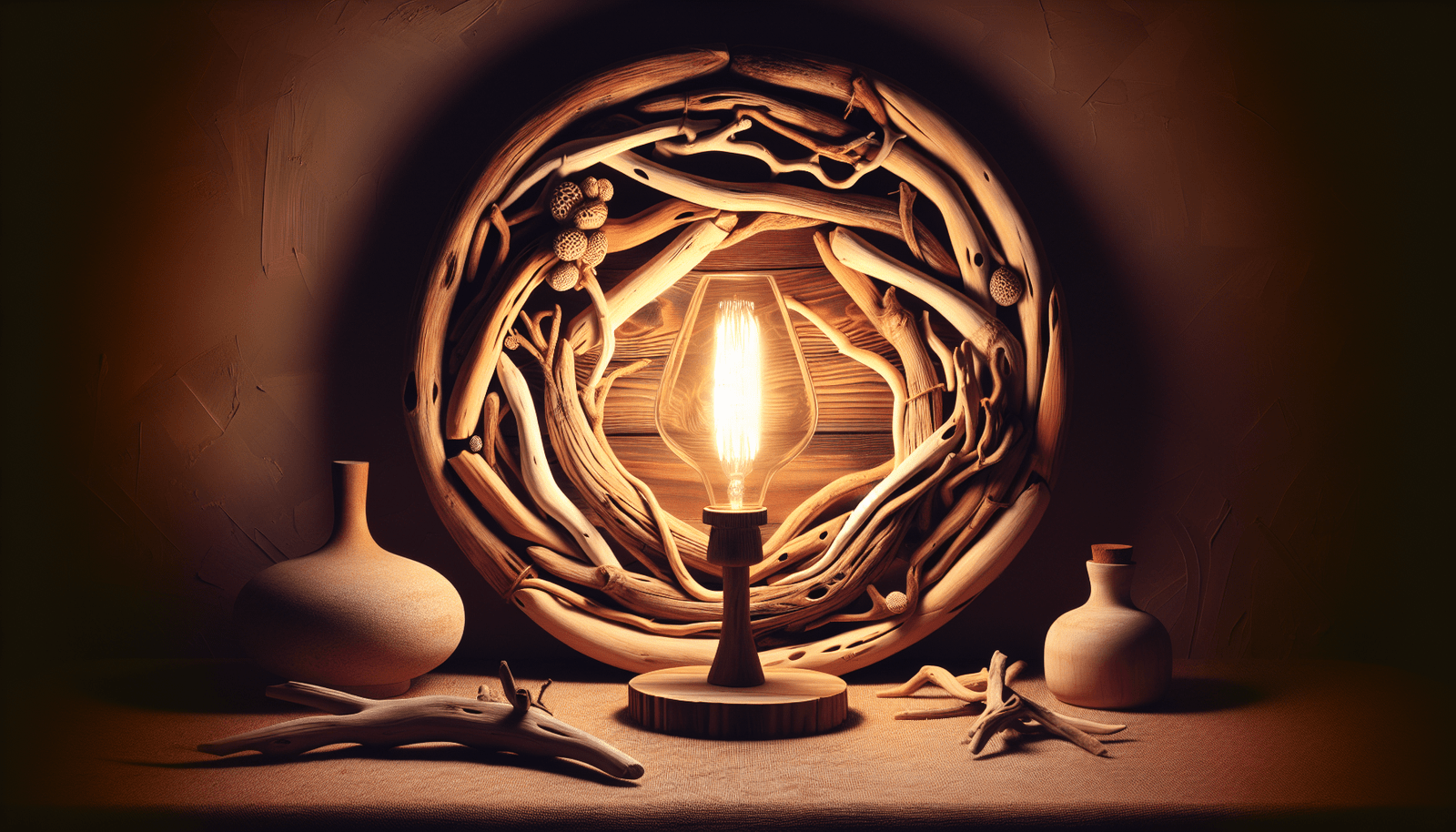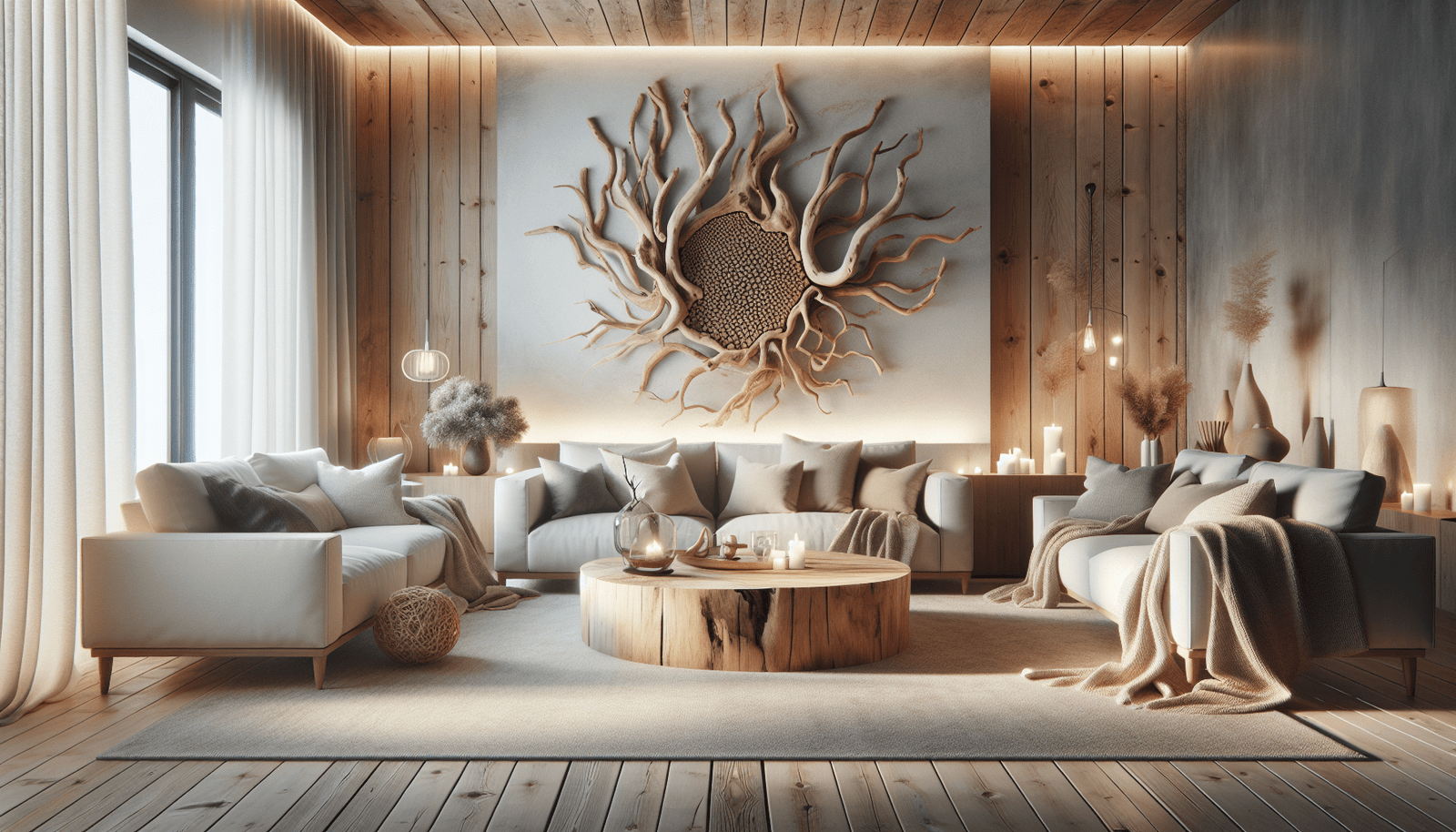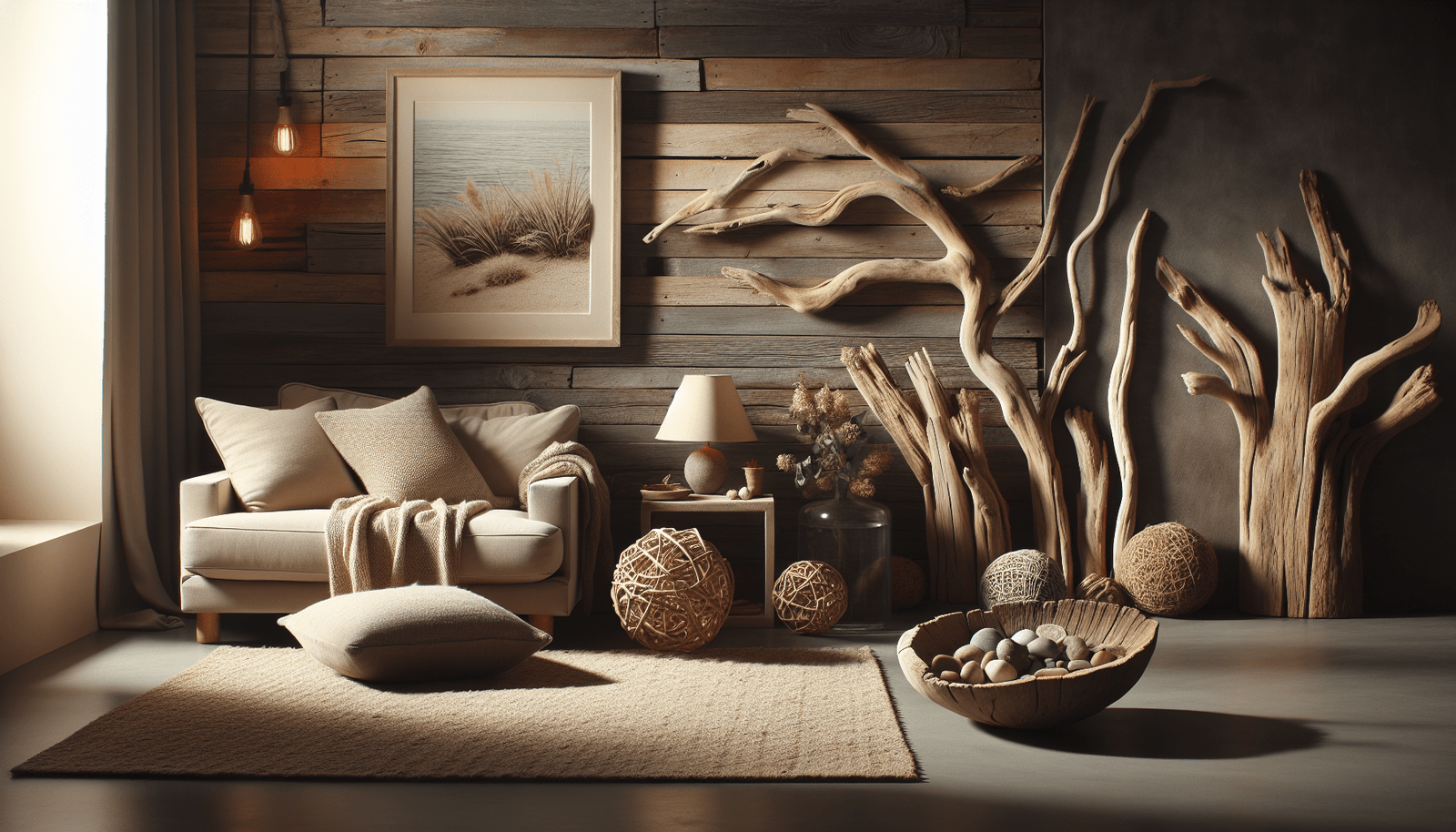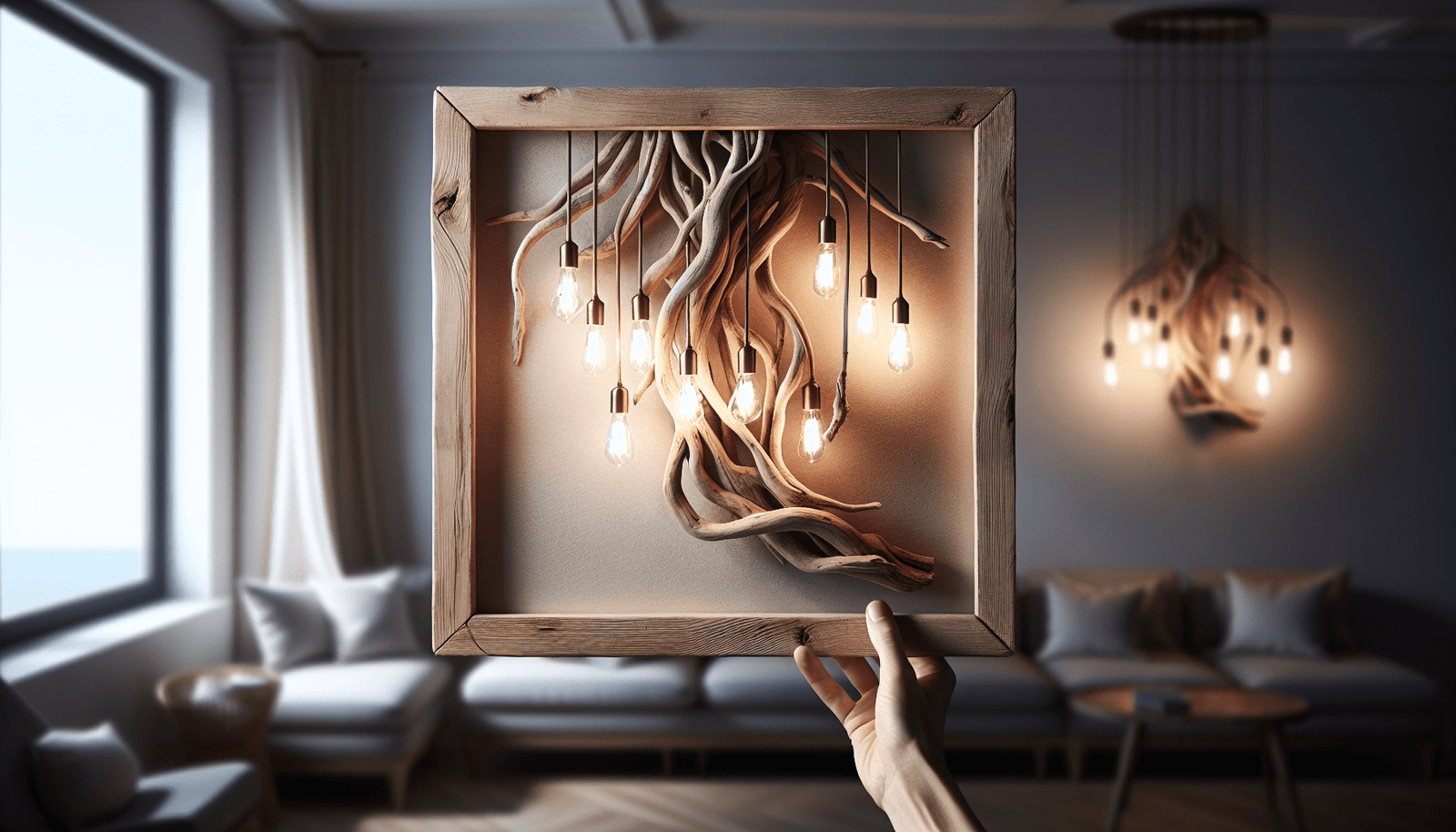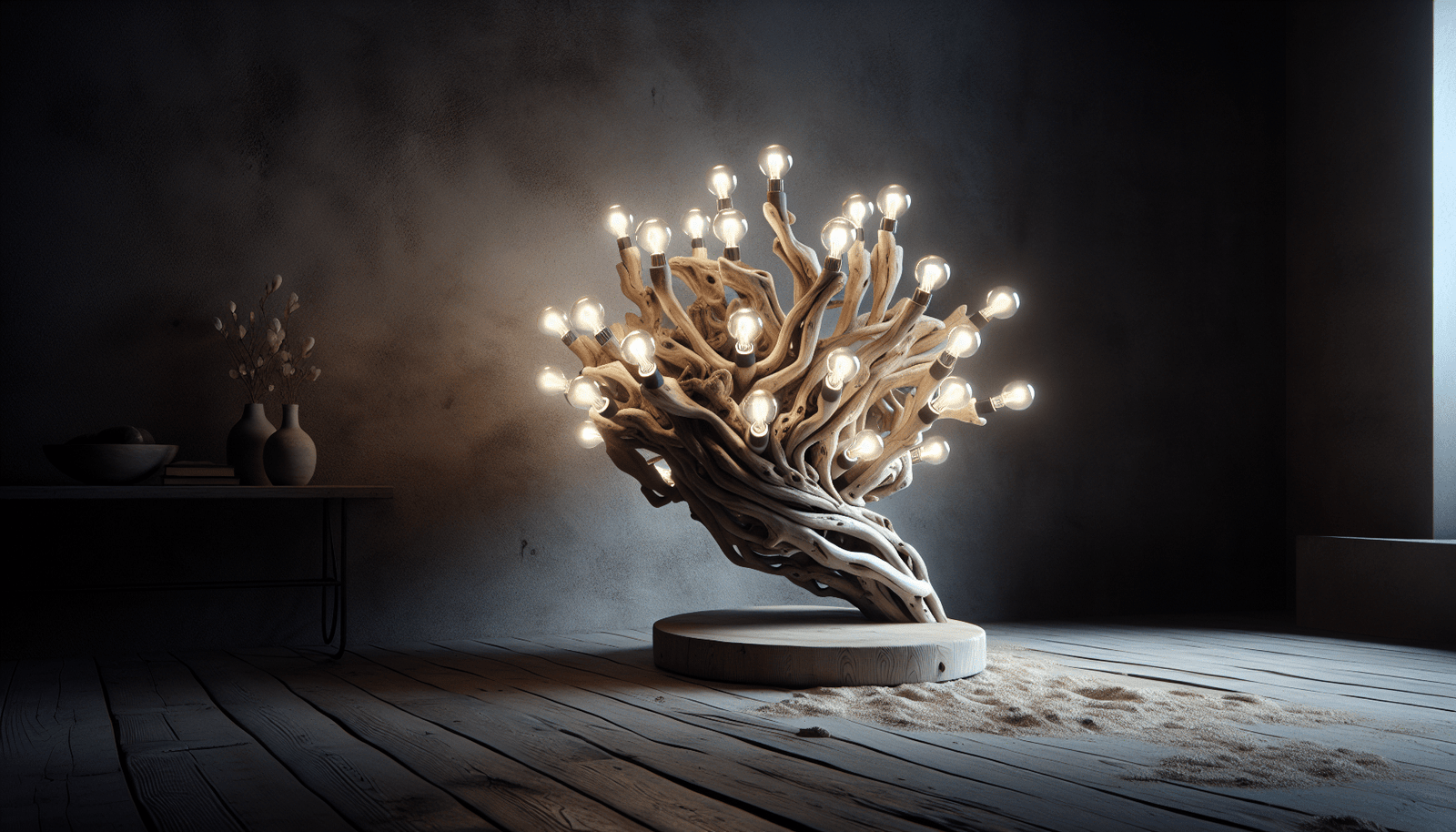What could you possibly create with a piece of driftwood that washed up on the shore? If you love the charm of natural materials and have a knack for turning ordinary objects into something splendid, driftwood can be a canvas for your creativity. Among nature’s offerings, driftwood is both fascinating and versatile. It not only carries the aesthetic beauty of being shaped by water and time, but it also comes with an intriguing sense of mystery from its journey across waters. Let’s explore some fantastic ideas that will help you transform driftwood into stunning pieces of functional and decorative art.
What is Driftwood?
Once a solid part of trees or branches and now smoothed by the rhythm of the waves, driftwood is wood that has been washed onto a shore or beach by the action of winds, tides, or waves. This process can take months or even years, during which the wood is naturally aged, weathered, and stripped of bark, lending it a unique character and texture.
The Journey of Driftwood
Driftwood embarks on an unpredictable voyage from its original location, tumbling through rocky, watery pathways. During this journey, it’s smoothed and bleached by exposure to the sun and water. This natural treatment gives driftwood its distinctive weathered appearance and makes it an attractive material for decorative purposes.
The Splendor of Driftwood in Home Décor
Incorporating driftwood into your home can add an element of rustic charm. Its natural appeal casts a warm, timeless vibe, making it a favorite for coastal, rustic, and bohemian-inspired spaces. Driftwood can be utilized in various ways, ranging from centerpiece décor to functional furniture pieces.
Wall Art with a Natural Twist
Why not craft an artistic wall piece using driftwood? You can create a stunning focal point in your living room or hallway by fastening pieces together to form unique shapes or patterns. Such artworks can range from simple abstracts to elaborate designs, each carrying its own story told through the textures of the wood.
Transformative Driftwood Shelving
Consider building beautiful shelves from driftwood pieces. Whether you choose simple straight designs or more adventurous, asymmetrical shapes, driftwood shelving offers a perfect blend of functionality and aesthetics. By mounting them onto your walls, you add a touch of nature to your home’s interior while providing an ideal spot for showcasing small plants, picture frames, or coastal-themed trinkets.
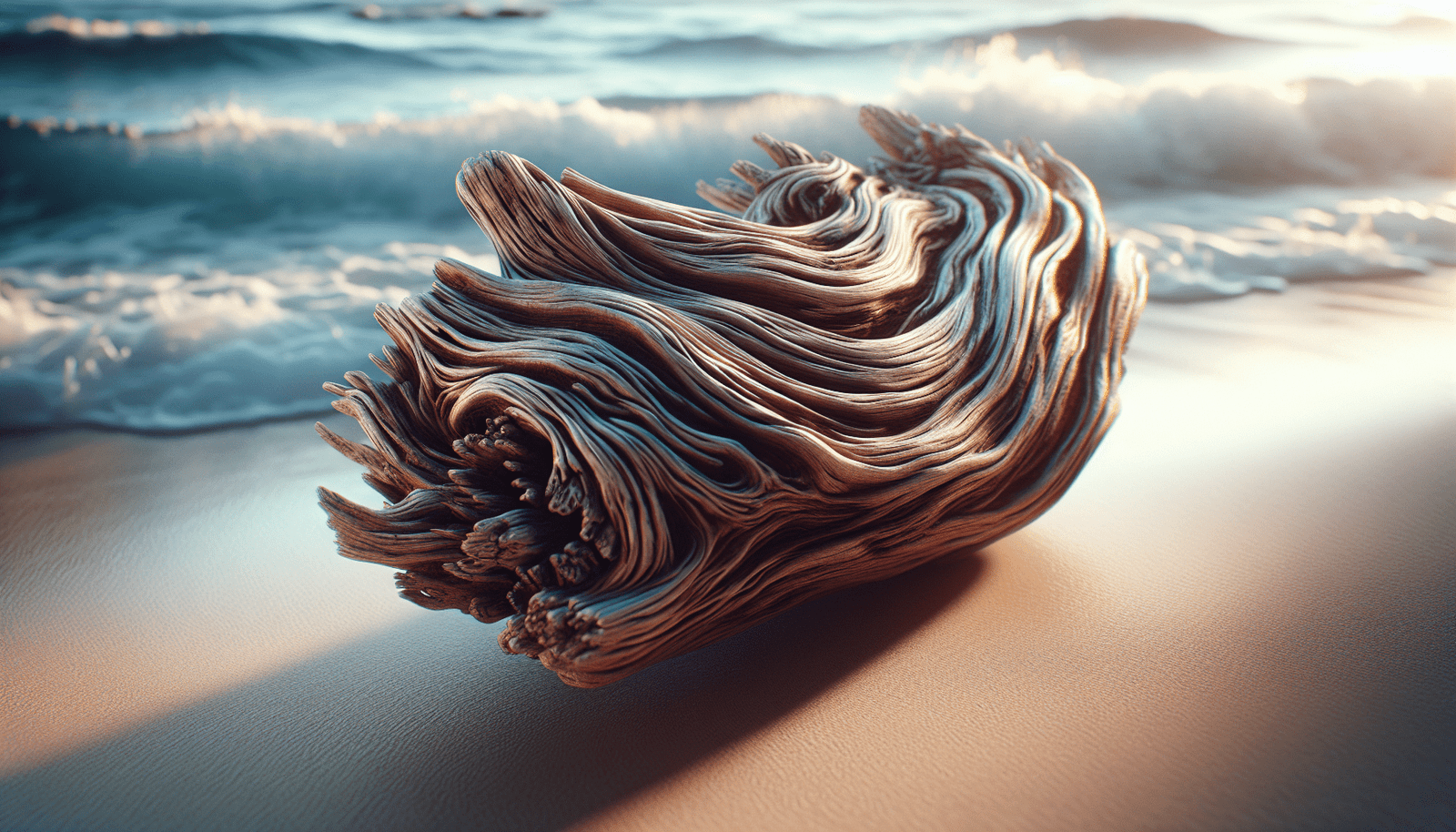
Crafting Functional Driftwood Furniture
Driftwood is not just for decorative items; it can also be used to craft unique furniture pieces. From tables to benches and beyond, the strength and beauty of driftwood can be harnessed to create one-of-a-kind items.
Driftwood Coffee Tables
A coffee table made from driftwood is a great way to feature this natural element as a centerpiece in your living room. Pairing it with glass elements can highlight the driftwood’s texture and color, creating a functional art piece that elicits admiration.
Rustic Driftwood Benches
Bring the outdoors inside by crafting a bench from larger driftwood logs. With minimalistic design and maximum impact, these benches can either adorn your entryway or serve as a practical seating solution in your garden, marrying form and function seamlessly.
Driftwood Headboards
For a nautical or rustic bedroom vibe, a driftwood headboard can serve as an eye-catching feature. Its unique texture and structure can add character to your bedroom, making it a centerpiece that dictates the theme and ambiance of your sleeping space.
Enchanting Outdoor Ideas with Driftwood
Beyond indoor décor, driftwood is an excellent material for enhancing your outdoor spaces. Its natural resistance to water makes it suitable for garden decor and backyard creations.
Illuminating with Driftwood Lanterns
Illuminate your patio or garden pathways with driftwood lanterns. Their rustic charm captures the essence of the outdoors and creates a warm, welcoming glow. String lights can be wrapped around driftwood frames or housed inside glass containers adorned with driftwood to bring those creative ideas to light.
Creating a Driftwood Arbor
Imagine welcoming guests to your garden with a beautiful, organic driftwood arbor. This striking feature can infuse your outdoor space with a sense of wonder and serenity, offering a passageway that bursts with natural beauty.
Driftwood Planters
Use driftwood logs to create unique planters for succulents or air plants. These planters can sit beautifully on your porch or act as a centerpiece for your garden table. The earthy texture of driftwood pairs elegantly with green foliage, creating a harmonious balance between nature’s elements.
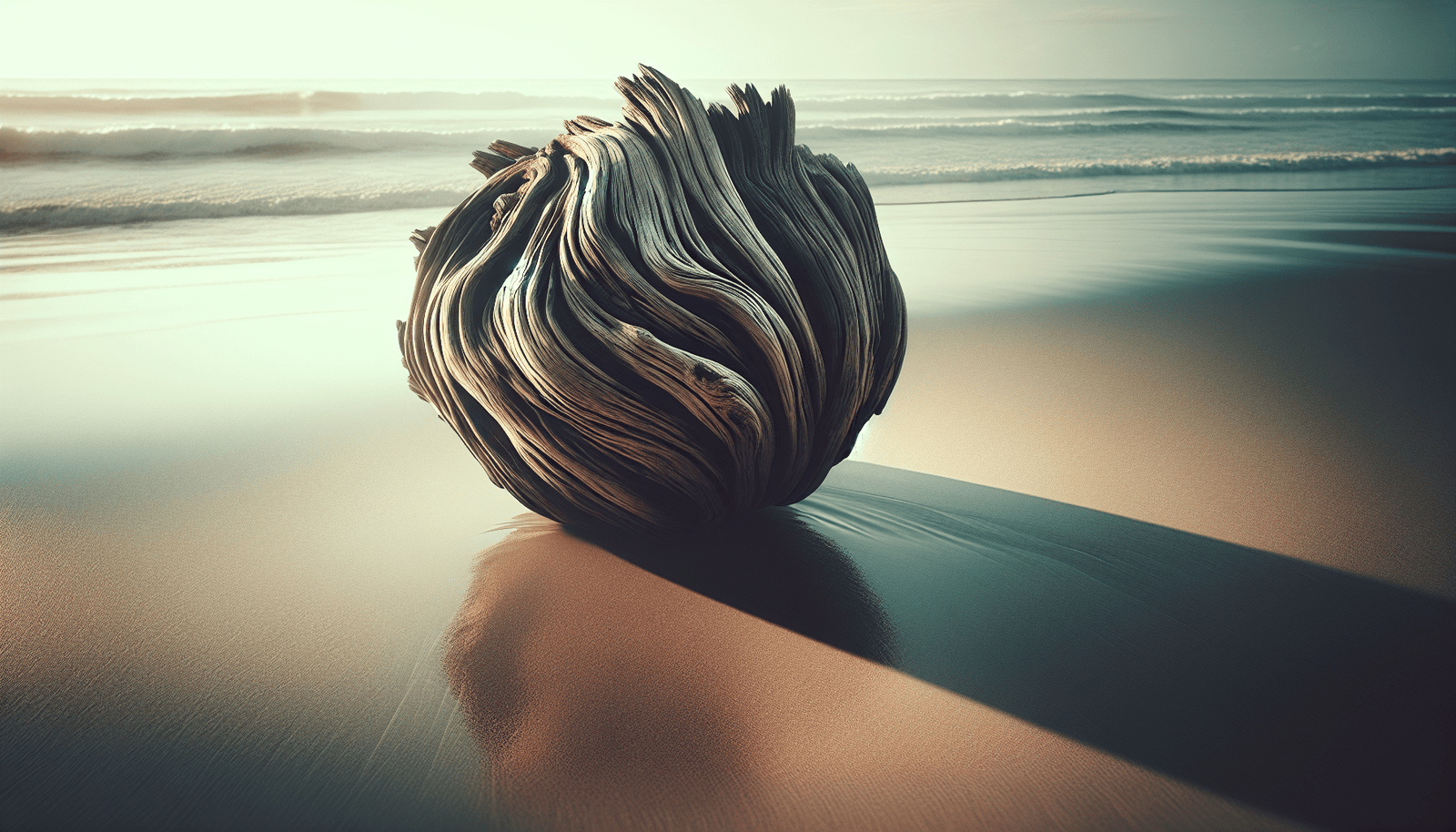
Benefits of Using Driftwood in Design
Driftwood isn’t just aesthetically pleasing; it also offers several practical benefits, from sustainability to creativity.
Eco-Friendly Material
Using driftwood is an excellent way to incorporate sustainable practices into your design. By utilizing wood that has naturally followed a course to renew itself, you reduce the demand for freshly processed materials, promoting a more eco-friendly living environment.
Cost-Effectiveness
Often sourced from nature itself, driftwood can be an affordable option for those looking to spruce up their home without spending a fortune. With a little creativity and some basic tools, you can transform driftwood into personalized and stylish home accessories.
Endless Customization
Driftwood pieces are as diverse as the environments they come from. This diversity allows for endless possibilities in terms of customization. Whether painting, carving, or keeping the wood in its natural state, the personal touches you add can reflect your unique style and preferences.
Promoting Creativity and Relaxation
Crafting with driftwood can be a relaxing and rewarding hobby. As you sift through unique shapes and structures in your creative process, you engage your mind in a form of art therapy that encourages relaxation and boosts creativity—making your crafting experience soothing and satisfying.
Tips for Working with Driftwood
To make the most of your driftwood projects, it’s essential to follow some best practices when preparing and working with this material.
Cleaning and Prepping the Wood
Before turning driftwood into a cherished piece, you’ll want to make sure it’s clean and free of any pests. Start by brushing off any loose debris and giving it a good rinse. For deeper cleaning, soaking the driftwood in a solution of water and bleach can help eliminate bacteria and bugs. Rinse thoroughly and allow it to dry completely before use.
Tools for the Task
Having the right tools on hand will make your driftwood projects easier and more efficient. A saw, hammer, chisel, and sandpaper are basic essentials for shaping and smoothing your pieces. Electric tools, such as a drill, can be helpful for joining or mounting driftwood.
Preserving the Authenticity
Remember, driftwood’s appeal lies in its natural appearance. Aim to preserve this rustic beauty by sanding only what’s necessary and not over-treating the wood. Keeping knots, cracks, and original shapes can enhance the authenticity of your project.
Conclusion
Driftwood is nature’s art, full of history and character, just waiting to be uncovered and appreciated. With a little vision and creativity, you can transform driftwood to reflect your style, add beauty to your home, and infuse your surroundings with a piece of the sea. Whether you’re crafting an intricate sculpture, a practical piece of furniture, or a decorative item, driftwood presents incredible opportunities to connect with nature artistically. As you embark on this creative journey, remember that every piece of driftwood tells a story yet to be completed—a story you can be a part of, narrating through each artistic endeavor.
